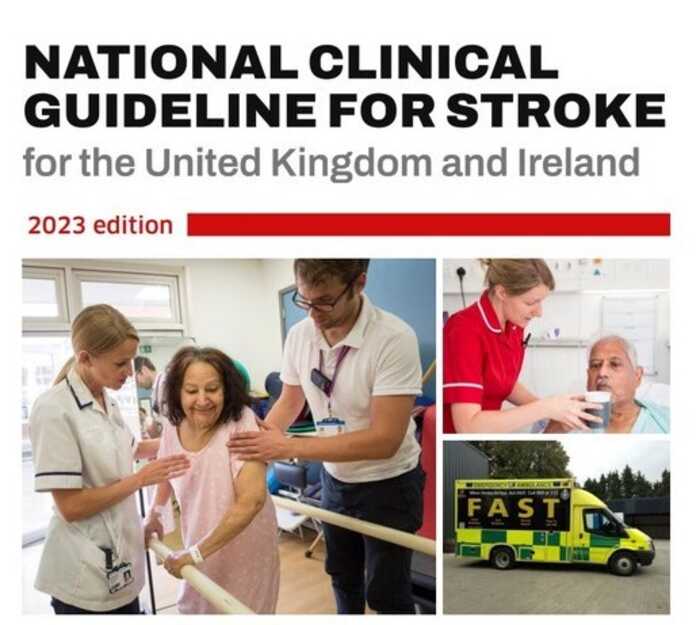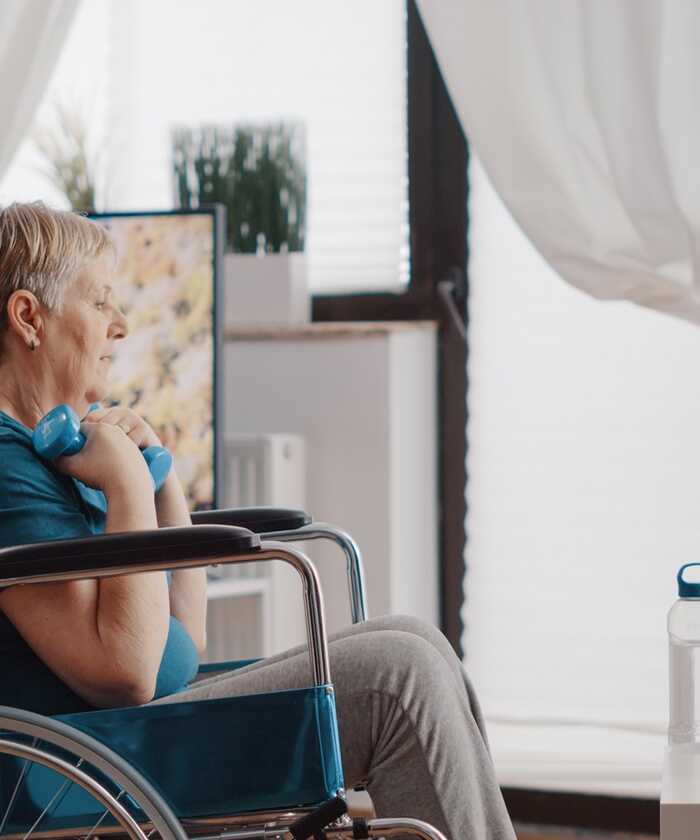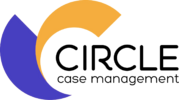National Clinical Guidance for Stroke – New Edition 2023
There are some welcome changes to the guidelines which have been recently published in the National Clinical Guidance for Stroke – New Edition 2023 but they are not without their challenges.
What does it mean for speech and language therapists?
Changes to the amount of daily therapy and increased speech and language therapy staffing numbers in the face of challenging recruitment (Vacancy rate of 23 % and 90% of adult services said that recruitment is much more challenging than at any time in the last three years. Difficulties with recruitment are across the bands including band 5.
Vacancy rates are just as high, if not even higher than non-NHS services. Vacancy rates reach 23% in speech and language therapy | RCSLT) In the year April 2021-22 the Sentinel Stroke National Audit Programme (SSNAP) reported 6.6% received at least 45 minutes of speech and language therapy 7 days a week in participating UK hospitals. These need to be addressed to enable us to provide the high-quality evidence based speech and language therapy we want to, and we are not always able to at present.

Increasing the use of technology in rehabilitation
There is an acknowledgement and recommendations made regarding increasing the use of technology in rehabilitation.
Increased detail is included for dysphagia management including the recognition of speech and language therapists as having expertise in this area. A very welcome addition is detailed recommendations regarding eating and drinking at risk, making this client-centred and a decision made as a multi-disciplinary team.
Perhaps the most welcome change is the loss of the term “no rehabilitation potential”. This is term causes immense upset to patients, families and carers and does not reflect the complexity of the often long journey which is neither linear nor time limited.
Discussing the key changes of The National Clinical Guidelines for Stroke 2023
Daily Therapy and Staffing Numbers: People with motor recovery goals following stroke should receive at least 3 hours a day therapy (therapist-delivered). The are the recommended Whole Time Equivalents (WTE) for speech and language therapy are:
Recommended staffing levels per 5 beds:
- 0.48 – hyperacute
- 0.56 – acute stroke and stroke rehab unit
This is based on 7-day input and should be augmented by support workers and rehabilitation assistants to achieve the intensity and dose of therapy recommended.
0.4 per 100 referrals/year to early supported discharge and community stroke teams.

Early supported discharge and community stroke rehabilitation should adopt a minimum core team structure. The service should be provided by one which predominantly treats people with stroke.
Therapy provided as part of early supported discharge should be at the same intensity as would be provided if the person were still on the stroke unit.
Intensive speech and language therapy such as comprehensive aphasia programmes may be considered from 3 months after stroke for those who can tolerate high-intensity therapy.
People with aphasia after stroke should be given the opportunity to improve their language and communication abilities as frequently and for as long as they continue to make meaningful gains, including access to appropriate practice-based therapies.
The Challenges
This will prove a challenge to speech and language services. In the year April 2021-22 the Sentinel Stroke National Audit Programme (SSNAP) reported that only 6.6% received at least 45 minutes of speech and language therapy 7 days a week in participating UK hospitals. Taking this static and the recruitment and retention difficulties faced by the profession (a 23% vacancy rate and difficulties recruiting across the bands – including band 5) this will require creative thinking and investment. All therapists want to deliver high-quality evidence based therapy at a dose which meets the clients need and we need the staffing levels to achieve this.

The use of technology and remote therapy
The impact of the pandemic has had many far-reaching consequences. One of which has been the acceleration and more widespread acceptance of the use and veracity of technology and remote therapy. The 2023 guidelines reflect this:
People undergoing rehabilitation after stroke should be considered for remotely delivered rehabilitation to augment conventional face-to-face rehabilitation. Telerehabilitation programmes should:
-
be personalised to the individual’s goals and preferences;
-
be used when it is considered to be the most beneficial option to promote recovery and should not be used as a substitute for essential in-person rehabilitation;
-
be monitored and adapted by the therapist according to progress towards goals;
-
be supplemented with face-to-face reviews and include the facility for contact with the therapist as required.
Importantly, it is also acknowledged that people receiving rehabilitation after stroke should have an assessment of their ability to use assistive technology and programmes and equipment should be adapted accordingly.
Dysphagia Management
The recommendations for assessing hydration using a standardized approach within 4 hours of arrival at hospital are unchanged. As is the case for having their swallow screened, using a validated tool by a trained healthcare professional within 4 hours of arrival and before being given drink, food or oral medication.
There is an acknowledgment made that speech and language therapists have expertise in the assessment and management of dysphagia. “People with swallowing difficulty after stroke should be considered for swallowing rehabilitation by a specialist in dysphagia management. This should be based on a thorough assessment of dysphagia, such as by a speech and language therapist, to decide on the most appropriate behavioural intervention, and may include a variety of muscle strengthening and/or skill training exercises”.
Neuromuscular stimulation and pharyngeal electrical stimulation
The use of neuromuscular stimulation and pharyngeal electrical stimulation by appropriately trained clinicians with access to suitable equipment should be considered. This is alongside the sue of compensatory and rehabilitative techniques utilized. It should be noted that the NICE guidance of 2018 on Transcutaneous neuromuscular electrical stimulation for oropharyngeal dysphagia in adults states “For adults with dysphagia after a stroke, the evidence on efficacy suggests a potential benefit, but is limited in quality and quantity. Therefore, this procedure should only be used with special arrangements for clinical governance, consent, and audit or research”.
The use of the IDDSI (International Dysphagia Diet Standardization Initiative) descriptors should be used and diet and fluid provided in accordance with these. This has been slow to be implemented across all settings.
The importance in oral car
Those of us working with dysphagia are aware of the vital importance in oral care and its role in reducing the risk of developing aspiration pneumonia. Clear recommendations are made that people with stroke, and especially those who are tube fed or have swallowing difficulties should have oral care at least three times a day. They should have “mechanical removal of plague” at least twice a day. This should be achieved by brushing of teeth, cleaning gums and tongue with a low foaming fluoride containing gel.
Staff who give moth care in the hospital, care home or in the person’s home needs training in how to deliver this including “awareness and recognition of swallowing difficulties”.
It is also recommended that “People with stroke who are discharged from specialist treatment with continuing problems with swallowing food or fluids safely should be trained, or have family/carers trained, in the management of their swallowing and be regularly reassessed”.
Eating and Drinking at Risk
I was surprised by the statistic that approximately one in 20 people with acute stroke will be in receipt of end-of -life care within 72 of onset. High-quality end-of-life care is thus a core activity for the multi-disciplinary team. “In particular, while there is the risk of aspiration and choking, rigid adherence to recommendations elsewhere in this guideline on access to oral food or fluids could, in palliative care, result in burdensome restrictions that may exacerbate suffering. The decision-making process to support people to eat and drink with acknowledged risks should be person-centred and involve the person and their family/carers, and other members of the multidisciplinary team and include a swallowing assessment and steps to minimise risk.”
No Rehabilitation Potential
A real positive is that this highly emotive term should no longer be used.
People with stroke should be considered to have the potential to benefit from rehabilitation at any point after their stroke.
To say to a patient/their family or carers that they “have no rehab potential” must be devastating to hear and it must feel that we have written them off. Thise of working in stroke across the while pathway appreciate that rehabilitation should be guided by goals. I have worked with people 15 + years after their stroke which were deemed to have no rehabilitation potential who have made enormous strides and met the goals set with them. Rehabilitation for many is a marathon and not a sprint. Progress is not linear and nor, for many, is it time limited.
As the guidelines state, “The needs of people with stroke and their families are likely to change over time, as adjusting to life after stroke is an evolving, long-term challenge for many” and as clinicians we must bear this in mind and ensure that the person or relevant know how to re-refer and to access speech and language as their lives change.
How can we help?
Case managers are an important part of ensuring that individuals you've had a stroke receive the care, support, and resources they need to rehabilitate. If you’d like to speak to any of our case managers, or would like any more information about the new guidelines covered in today’s post, please don’t hesitate to reach out. We are here to help.
Posted by Nicola Kelly on November 8th 2023

